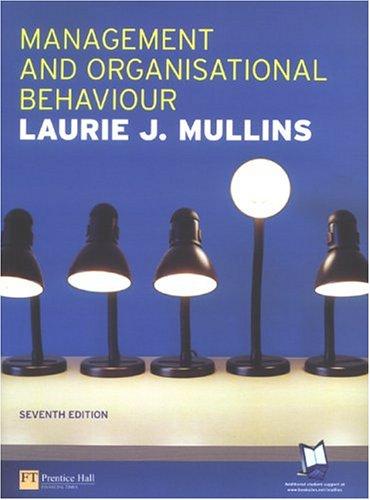Question
3) (4 points) Answer parts (a) and (b) of this question on aggregating preferences for private goods and public goods, respectively. a. John's demand for
3) (4 points) Answer parts (a) and (b) of this question on aggregating preferences for private goods and public goods, respectively. a. John's demand for tacos is P = 6 - Q and Anna's demand is P = 6 - 2Q. Write the equation for the social marginal benefit as a function of Q [i.e. SMB = P = f(Q)] of taco consumption, assuming that tacos are a private good. If the marginal cost of producing tacos = $2, what is the socially optimal number of tacos produced and consumed?
b. Now, suppose John's demand for fighter jets is P = $10,000,000 - (2,000,000 x Q) and Anna's is P = $5,000,000 - (1,000,000 x Q). Derive the social marginal benefit (again, P as a function of Q) for the consumption of military fighter jets, which are public goods. If the marginal cost of producing each fighter jet is constant at $3,000,000 per jet, what is the socially optimal number of fighter jets?
4) (6 points) The (identical) citizens of Gruberville have $5 million to spend on either law enforcement or on private goods. Each unit of law enforcement costs $20,000. a. Graph Gruberville's budget constraint.
b. Suppose that Gruberville decides to consume 150 units of law enforcement. Draw a hypothetical indifference curve for the town that reflects this choice. c. Now suppose that the state government passes a law enforcement grant, and will match Gruberville's spending on law enforcement by providing the town with one additional unit of law enforcement for each unit the town provides for themselves. Draw the new budget constraint. Will Gruberville consume fewer or more units of law enforcement? Will Gruberville consume fewer or more units of the private good? Illustrate your answer, and explain.
5) (8 points) Suppose that a family with one child has $20,000 per year to spend on private goods and education.
a. Suppose that all education is privately provided. Draw this family's budget constraint.
b. Now, suppose that a free public education program is introduced, where the local government will spend $4,000 per student. Draw the family's new budget constraint.
c. Now, suppose instead that the local government introduces a voucher program, giving the family $4,000 to spend on education for their child. The family can use that voucher to send their child to public school, or to help finance private school enrollment. Draw the family's new budget constraint.
d. Which option (a, b, or c) will result in the largest amount of education consumption by the family? Explain why, using economic reasoning. Under what condition will (b) and (c) yield the exact same amount of education consumption by the family?
Step by Step Solution
There are 3 Steps involved in it
Step: 1

Get Instant Access with AI-Powered Solutions
See step-by-step solutions with expert insights and AI powered tools for academic success
Step: 2

Step: 3

Ace Your Homework with AI
Get the answers you need in no time with our AI-driven, step-by-step assistance
Get Started


